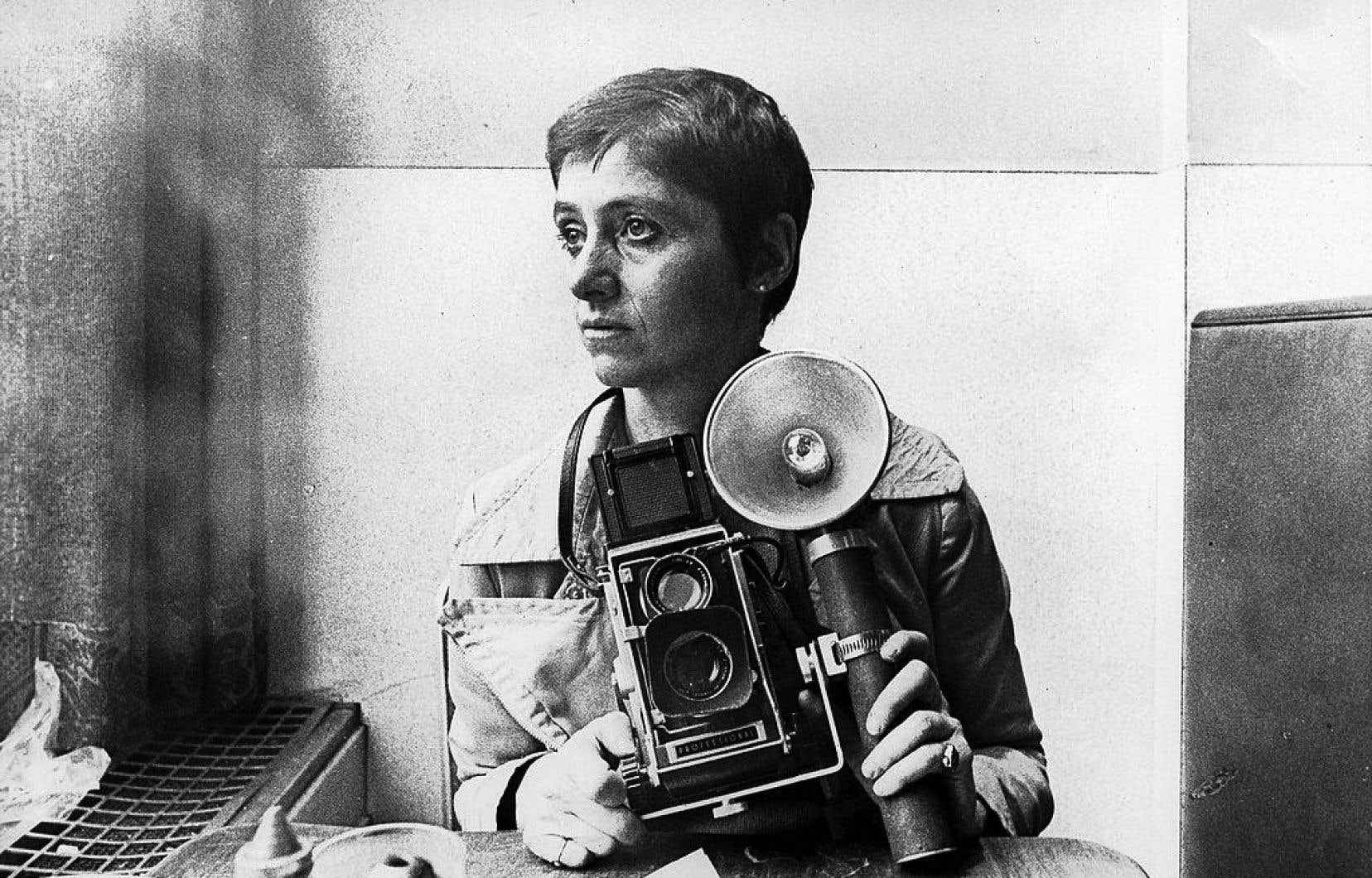She wanted to photograph each individual, to go wherever she would find “American rites, customs and usages”. Her affection for the human race in all its richness — its diversity, to use the term in vogue — enabled Diane Arbus (1923-1971) to bequeath a set of images of astonishing topicality. More than fifty years after his death.
The exhibition Diane Arbus: Photographs, 1956-1971, which is being held at the Montreal Museum of Fine Arts (MMFA) until January, certainly takes us back to another era. The one where differences in gender, size, appearance were suspect. Certain titles, left as the artist chose them, evoke an outdated vocabulary – transvestites, or female impersonators in English, for example.
His gaze, which we feel in almost each of the images as his subjects respond to him with their eyes, does not judge. He is attentive, respectful, sensitive. “His approach is very human,” explains Sophie Hackett. Arbus was trying to get out of his background. She was able to show the complexity of humanity. I’m flabbergasted by what she saw. »
Curator of photography at another fine arts museum, the Art Gallery of Ontario (AGO), Sophie Hackett signs this first Arbus retrospective on Canadian soil since 1991. She worked from the collection of the Toronto museum, which owns since 2017 the largest collection of works by the New Yorker.
“The Metropolitan Museum in New York has the archives, the negatives, the notebooks and prints, but we [l’AGO] have the largest collection of prints,” she says.
Launched just before the pandemic, in February 2020, the exhibition of some 150 photos out of the 522 kept in Toronto then left for Denmark before returning to the country. The Montreal version, edited with the collaboration of Ann Grace, curator of modern art at the MMFA, was reduced by half, without giving the impression of depriving us of anything.
Identical twins, Roselle, NJ (1966), emblematic work which notably inspired Stanley Kubrick for two of the terrifying characters of shining, is part of. As Child holding a toy grenade in Central Park, N. YC (1962), Teenage couple in Hudson Street, N. YC (1963) or even Mexican dwarf in his hotel room, N. YC (1970), other striking images in the collective imagination.
Portrait artist and technician
The course respects a rigorous chronology that is surprising to say the least and allows, in the eyes of the commissioners, to follow the evolution of a career all in black and white. The upheavals are frequent, moving from the portrait of a mother and her child to a fire-eater. That said, the circus, nudity, street photography (or in the park) and the quest for identity return from one room to another.
Renowned portrait painter, Diane Arbus also explored printing techniques. However, a good part of the prints were made posthumously, in 1972, during the first retrospective held at the Museum of Modern Art (MoMA) in New York. It is the artist’s former sidekick, Neil Selkirk, who is the authority on the matter. But even he had to look for the Arbus stuff, according to Sophie Hackett, who recorded a conversation with the now 75-year-old.
“It took her months to find out what she was doing. Eventually he discovered she was sticking torn cardboard on the enlarger, she said, pointing to the rough edges of the photographs. We wouldn’t know Diane Arbus without the patience of Neil Selkirk. »
Sophie Hackett credits Arbus for having opened the doors of art to photography by becoming, in 1971, the first to occupy the cover page of a specialized magazine, artforum. The exhibition shows the importance that the printed press had for those who hardly ever left New York. A showcase shows copies ofEsquire, a monthly “for men” where Arbus published his images for the first time in 1960. It has constantly found support in general periodicals until this presence in artforumwhich puts “photography on the same level as the other arts”, according to Sophie Hackett.
Previously, in 1967, the exhibition New Documents at MoMA is considered a turning point in the recognition of, at least, Diane Arbus — there were also Lee Friedlander and Garry Winogrand. “Their goal was not to reform life, but to know it, not to persuade, but to understand,” wrote John Szarkowski about them. D’Arbus, the commissioner of New Documents had retained True twins… and Teenage couple…, but also Puerto Rican with a mole, N. YC (1965) or Transvestite showing off her boobs, N. YC (1966), also exhibited at the MMFA.
The one who would have been 100 years old in 2023 has only ever wanted to photograph the present, describing her work as “contemporary anthropology”. “These are our symptoms and our monuments,” she wrote of the ceremonies she sought to document. I want to keep track of it, because what is ceremonial and curious and mundane will become legendary. »
